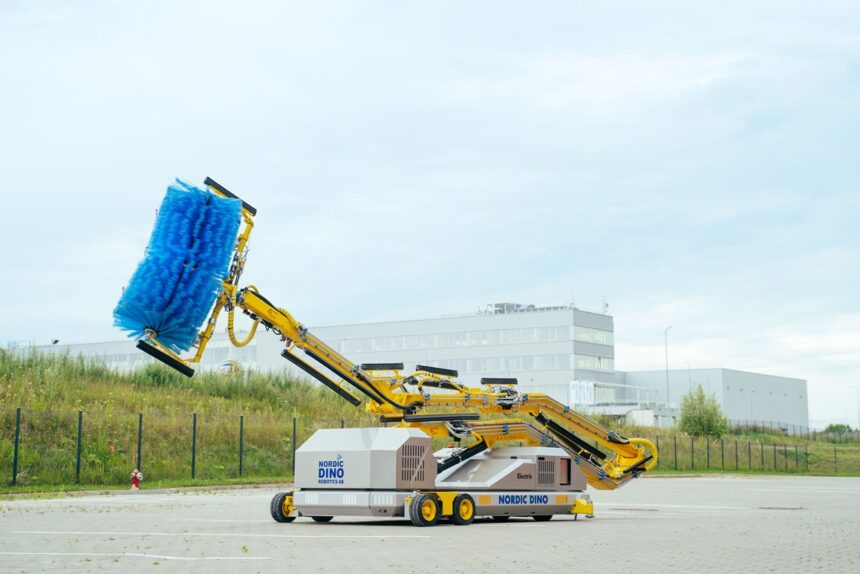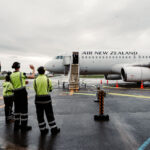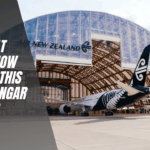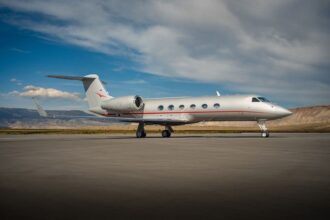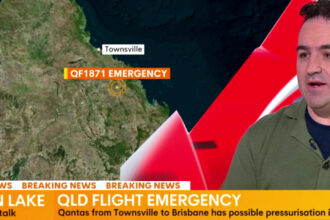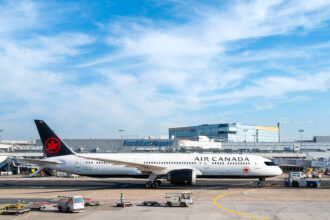You’ve probably watched a plane take off or land, maybe even seen one getting hosed down by an airport fire truck for a special occasion. But chances are you’ve never seen what happens underneath.
Every few months, airlines give their planes a full wash, sometimes as often as every month if they’re flying through dusty, polluted, or tropical environments. But the underside of the aircraft, the belly, is where the real grime lives.
It’s not just a bit of dirt either. The belly collects a sticky cocktail of hydraulic fluid, engine oil, runway rubber, and airborne pollution. “Hydraulic systems, operating at pressures exceeding 3,000 PSI, occasionally leak and create a fine mist during gear retraction,” says Veronika Andrianovaite, Chief Commercial Officer of Nordic Dino Robotics.
“This hydraulic fluid spreads across the belly surface, creating a sticky base layer that attracts other contaminants. Engine oils and combustion byproducts flow backward along the fuselage, channelled directly onto the underside by airflow patterns.”
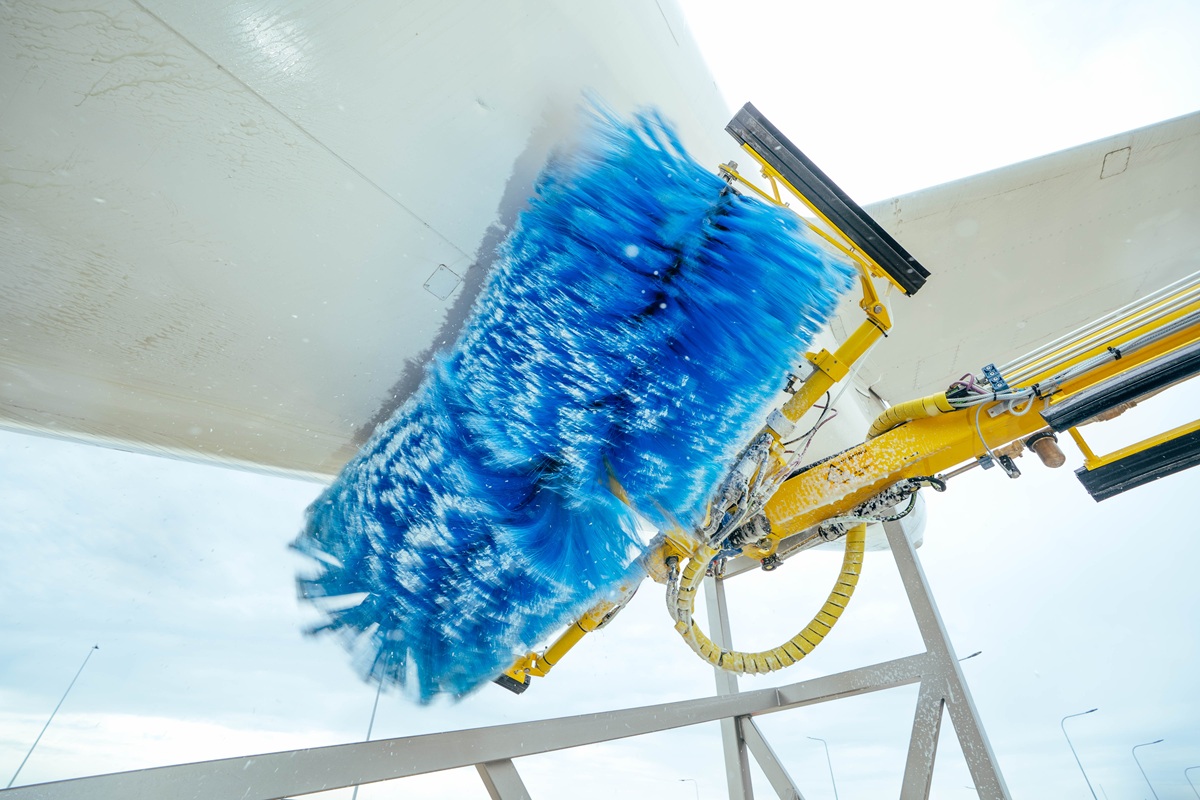
Ground operations pile on even more muck. Takeoff and landing fling up rubber particles, asphalt dust, and oily residue. At cruising altitude, pollutants and even volcanic ash cling to the sticky surface.
“Aerodynamic forces create specific concentration zones where vortices trap particles against the fuselage, while temperature variations during flight cycles essentially bake these deposits onto the aluminium, making them increasingly difficult to remove over time,” Andrianovaite explains.
That gunk costs airlines money. Research shows that even insect residue can increase fuel burn by up to 4.4%. In one study comparing two Boeing 747s on the same Amsterdam–New York route, the recently washed jet used half a ton less fuel.
“Multiply this across thousands of flights annually, and the accumulated grime on aircraft bellies represents millions in unnecessary fuel burn,” Andrianovaite says. With fuel making up 25 to 30% of an airline’s costs, that adds up fast.
There is also a safety angle because that layer of grime can hide cracks, leaks, or corrosion. “Critical components like drain valves, sensors, and structural joints hide beneath layers of grime, potentially masking cracks, leaks, or other defects that would be immediately visible on a clean surface,” says Andrianovaite.
Cleaning the underside of a plane is not easy. The belly is full of landing gear bays, antennas, and drain masts, and every aircraft type has slightly different contours.
“The varying heights between narrow-body and wide-body aircraft, combined with complex contours around landing gear bays, antennas, and drain masts, demand exceptional range of motion and precise positioning capabilities. A system that works perfectly for an A320’s belly might leave significant areas untouched on a 777,” she says.
That is where specialised robotic cleaners come in. These robots can get under the fuselage at just the right angle, scrub off the buildup with rotating brushes, and protect the plane’s aluminium skin in the process. The result is a cleaner belly, better fuel efficiency, and fewer hidden surprises during inspections.


